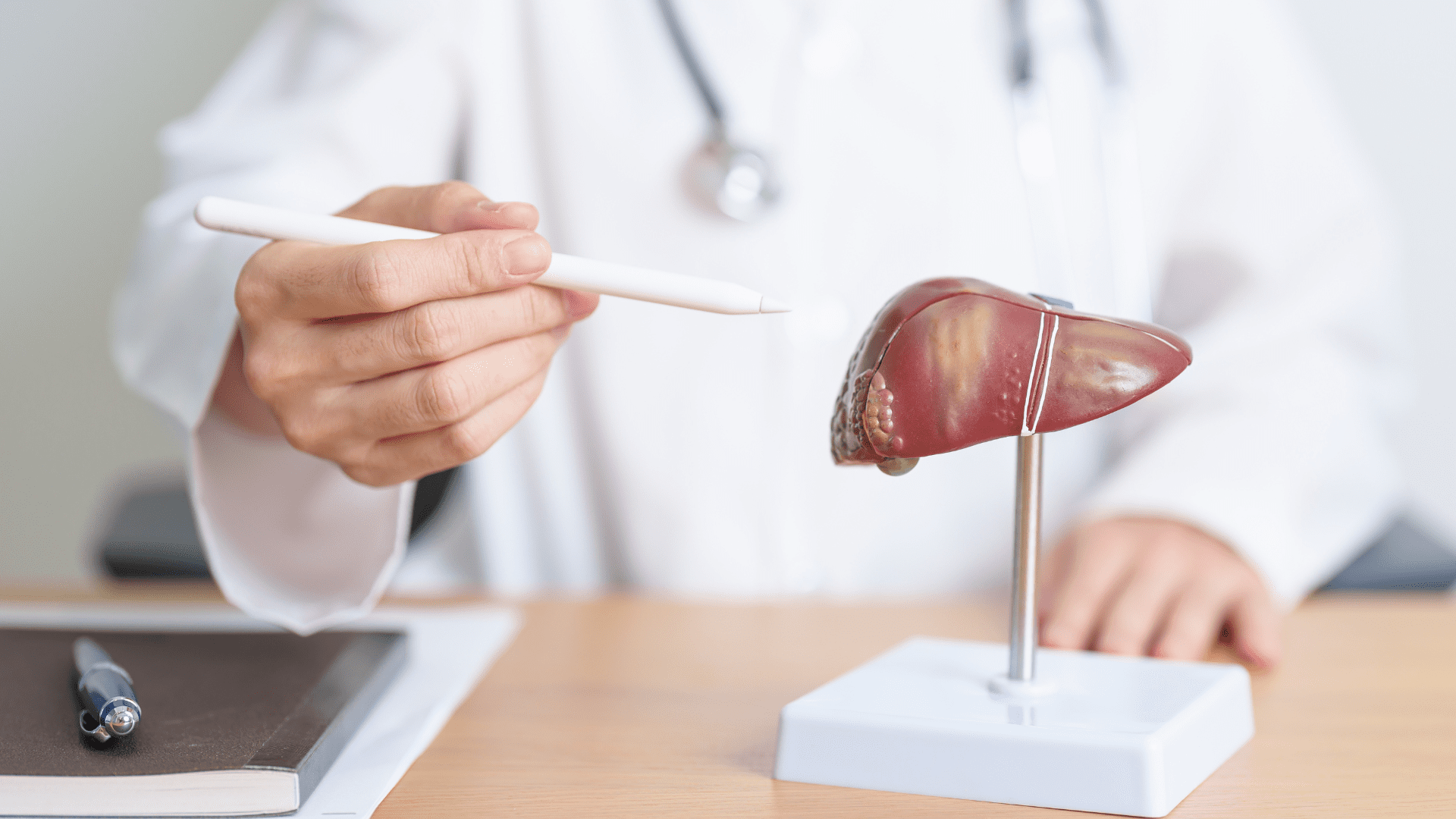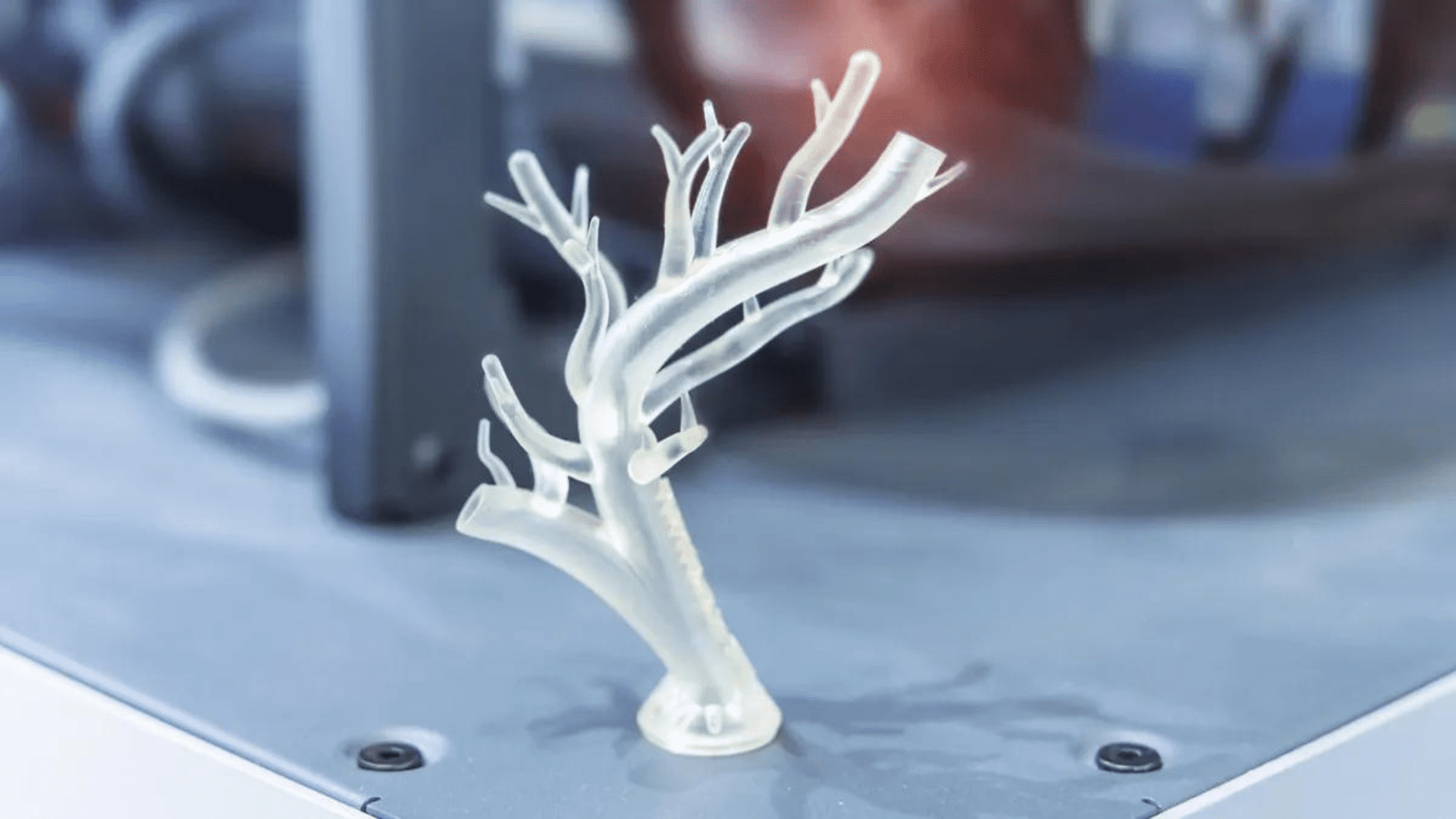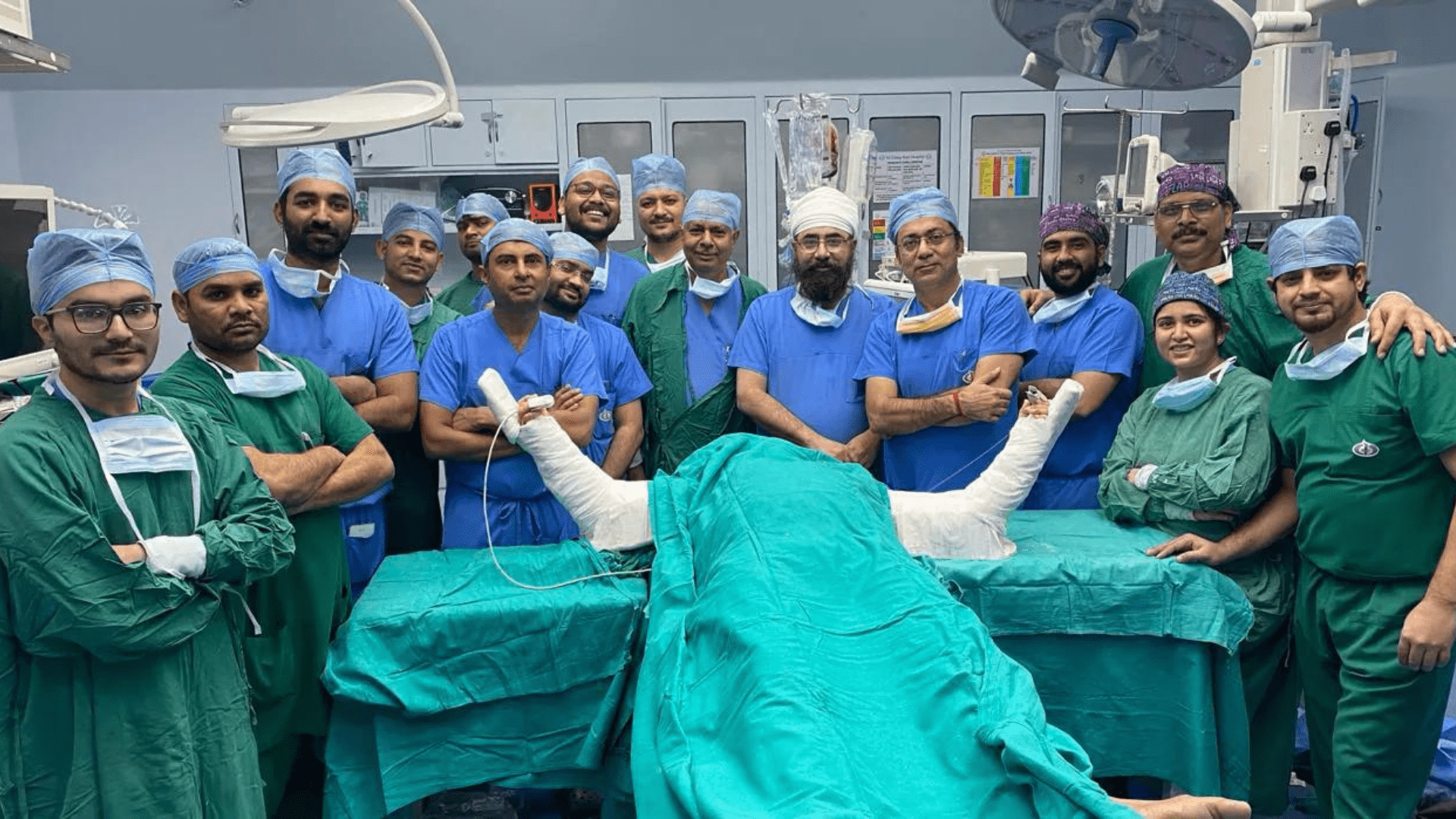A woman in South Korea made history as the first person to receive a new windpipe 3D-printed from stem cells. It appears that the transplant was a success and it paves the way for other patients who may have lost parts of their trachea because of cancer or damage.
Two Decade Process
Researchers at Gachon University and the Catholic University of Korea spent the last two decades experimenting with 3D printing organs. Recently, researchers partnered with a Korean biomedical engineering firm called T&R Biofab. Together, they combined research and the appropriate technology for 3D printing. They created a 3D bioprinter that infuses donor nasal epithelial cells and ear cartilage cells with bioink and polycaprolactone (PCL). PCL is a synthetic polycaprolactone stabilizer. Together, the cells and PCL create solid, flexible transplant organs.
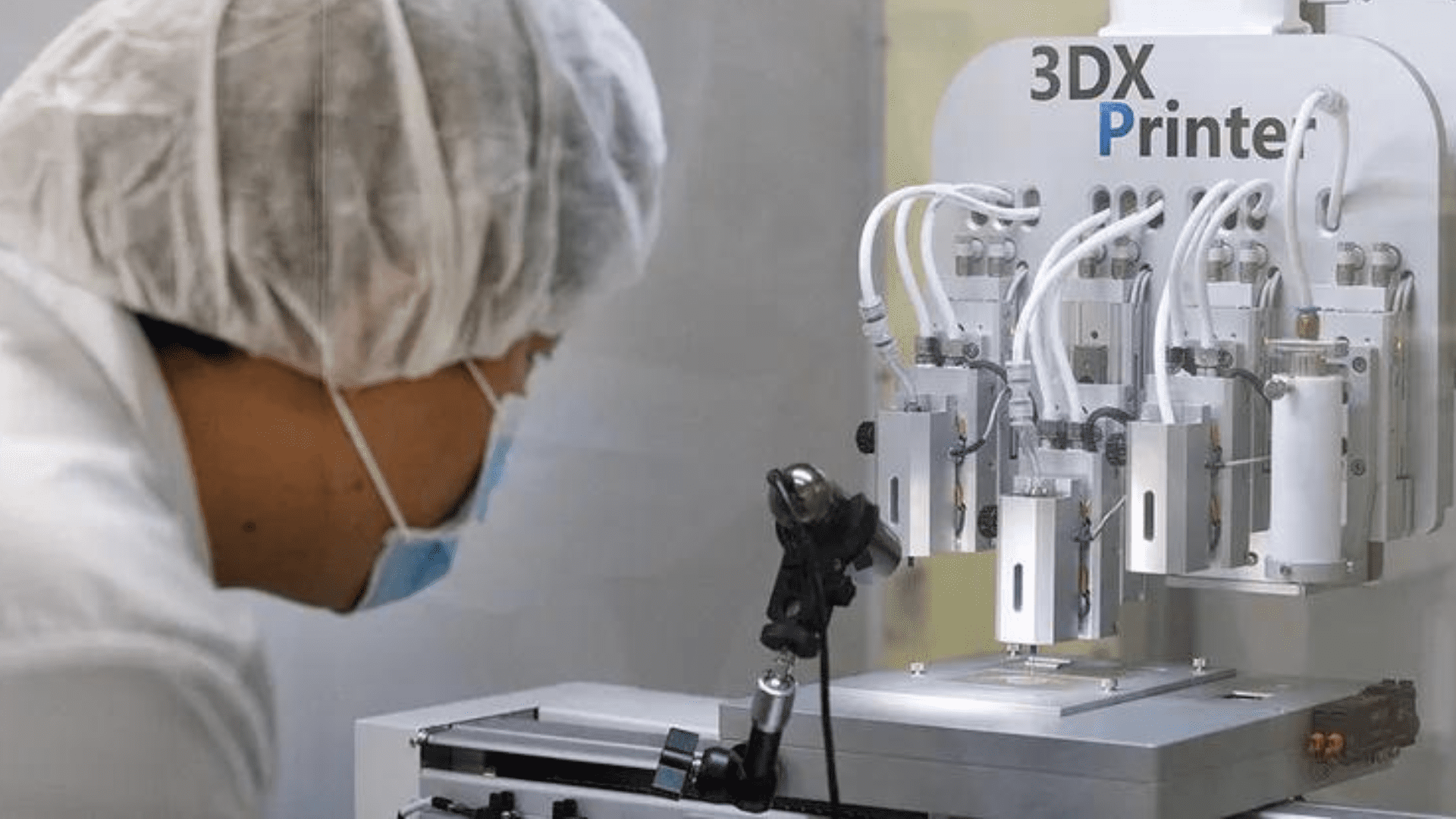
In 2019, researchers put the 3D bioprinter to the test. They printed 3D, artificial tracheas for 15 rabbits. and 13 of the 15 rabbits lived a year after getting the artificial tracheas implanted. Scientists say some of them even possessed neonatal cartilage which suggests a healthy rate of adaptation. It also suggests a low likelihood that the transplants would be rejected. The encouraging results helped the team move toward their first human trial.
Explore Tomorrow's World from your inbox
Get the latest science, technology, and sustainability content delivered to your inbox.
I understand that by providing my email address, I agree to receive emails from Tomorrow's World Today. I understand that I may opt out of receiving such communications at any time.
Human Trial
A 50-year-old woman battling thyroid cancer lost part of her trachea and became eligible for the world’s first trachea 3D printed using stem cells. Researchers looked at the woman’s CT and MRI scans to determine the ideal dimensions of her trachea. Within two weeks, the team had a 3D-printed trachea ready for a transplant.
The procedure took place last year and the woman continues to heal. During the procedure, the woman didn’t need any immunosuppressants. Immunosuppressants impact the immune response in the body, and not requiring them is virtually unheard of during transplants. Also, as her trachea heals, BBC Science Focus reports new blood vessels beginning to form.
Furthermore, doctors expect the PCL to break down in the woman’s body within five years. Between now and then, they hope her body will regenerate the part of her trachea that she lost. The 3D-printed trachea is buying her time for her body to heal itself.
3D Printing Organs
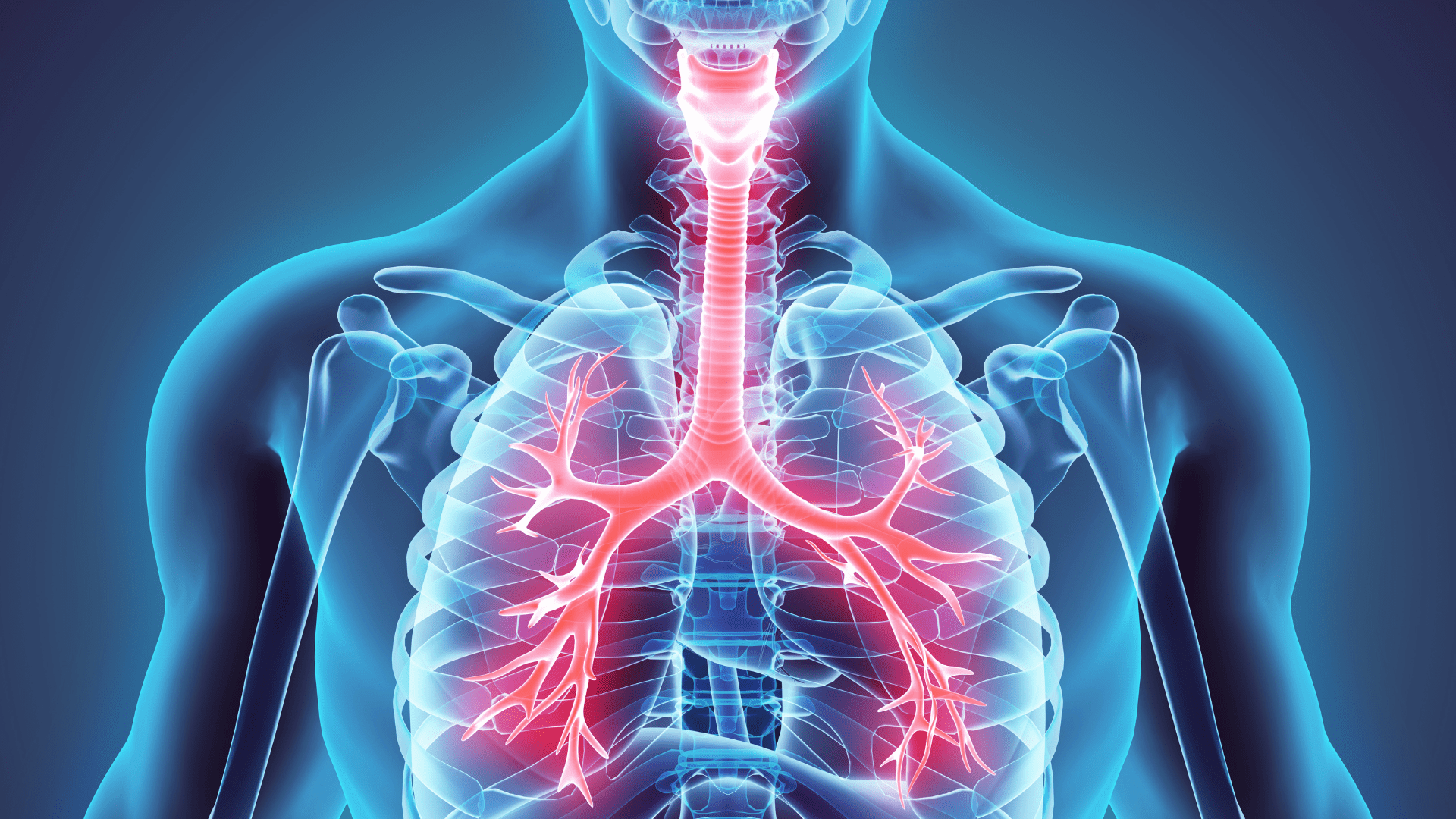
This isn’t the first time scientists used stem cells to 3D-print an organ and use them in a transplant. However, the trachea is a tricky part of the body to do this. The trachea consists of C-shaped rings that are stacked on top of each other. In addition, each of the rings produces a protective mucus lining. This makes it difficult to replicate and is why they needed a special bioprinter. The bioprinter is the only one in the world. Its home is at Seoul St Mary’s Hospital.



